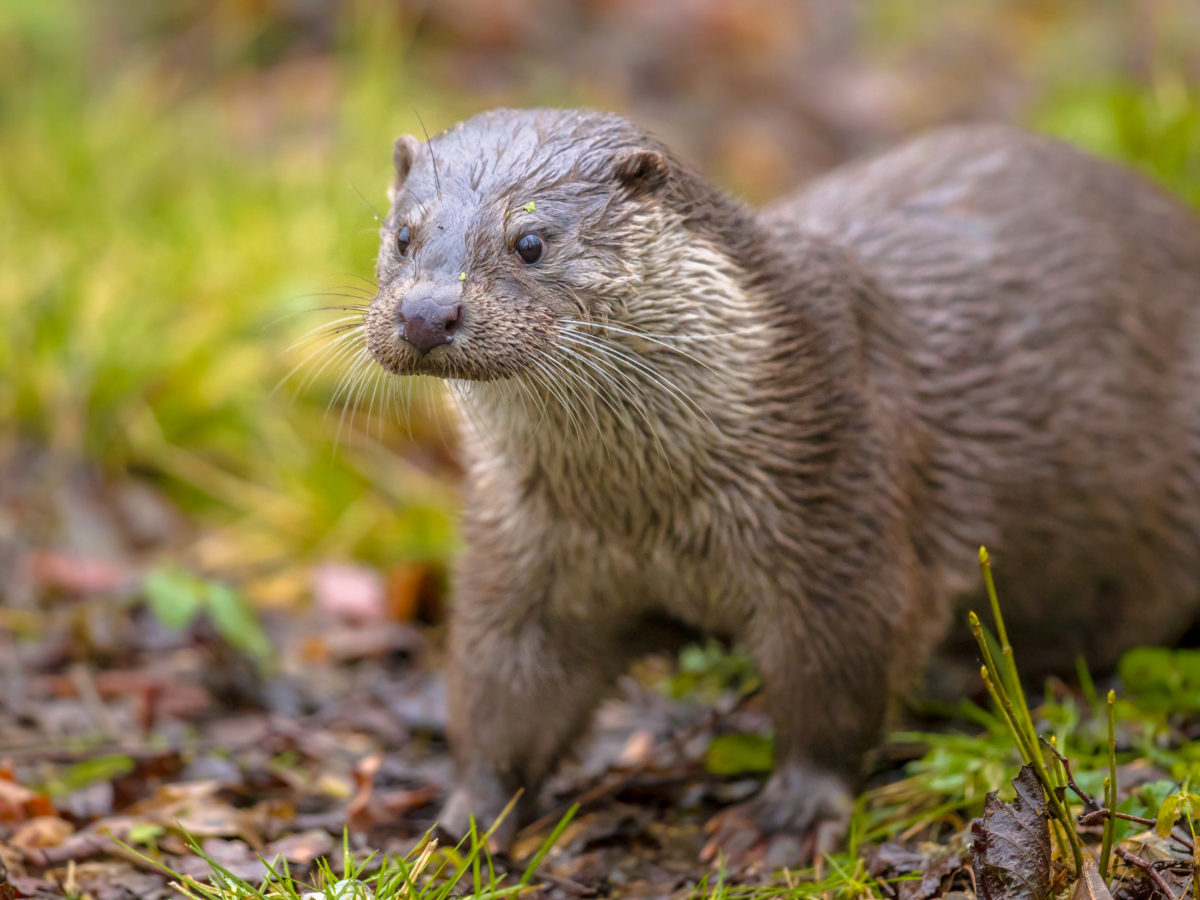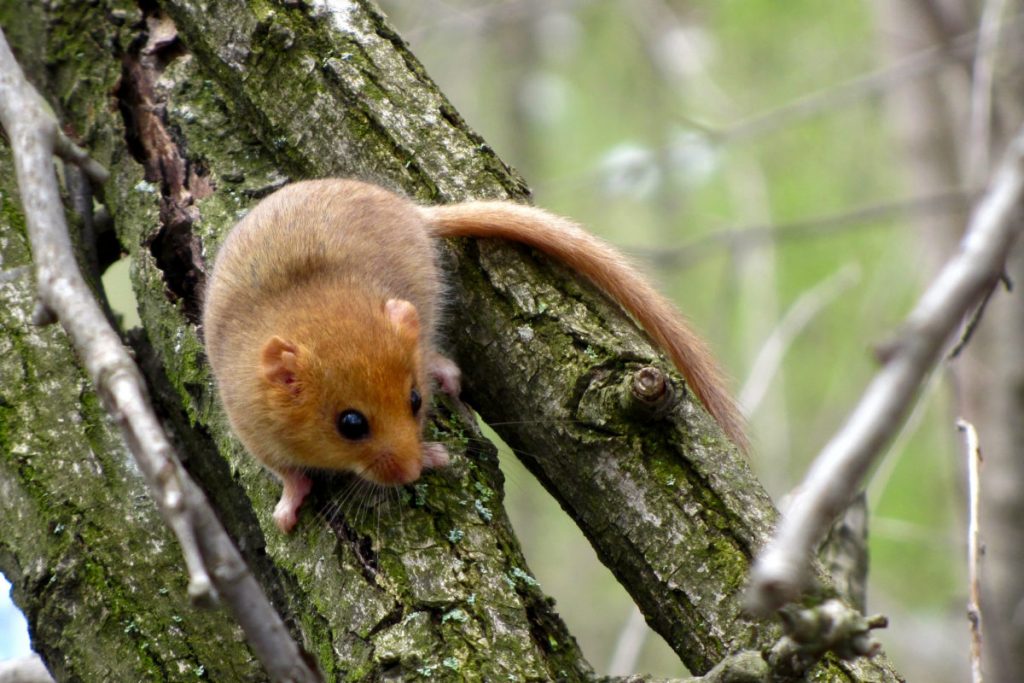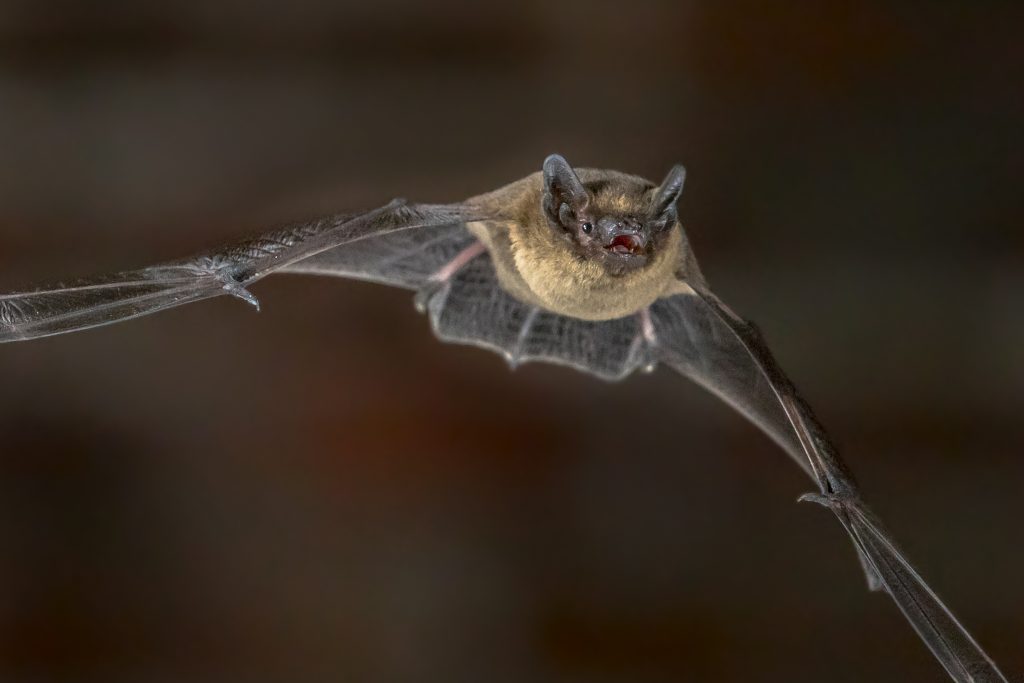Otters are semi aquatic, living mainly along rivers and are fairly shy, solitary animals, most active around dusk and into the night. Otter numbers were in severe decline due in part to habitat loss and as a result of poor water quality but as conservation measures have taken hold population numbers are recovering.
The otter is still at risk and as a result is a Protected Species afforded protection under the Conservation of Habitats and Species Regulations 2010 and the Wildlife and Countryside Act 1981 (as amended). It is an offence to capture, disturb, injure or kill an otter or to damage or destroy a breeding site or resting place.
Planning applications and surveys
When considering a planning application the presence of an otter as a Protected Species (PS) is a material consideration if the proposals are likely to result in disturbance or harm to the species. The Local Planning Authority will consider the potential impact of the development upon the species based on information provided by the applicant to support their application.
If there is evidence of otters on site an otter survey will be required to accompany any submitted planning application. The survey can confirm if otters are present and recommend mitigation to protect the otters and reduce or remove the impact of development. This report along with plans showing the mitigation should be provided with the planning application at the time of submission.
Otters as a feature of a Special Area of Conservation (SAC)
The Cleddau Rivers Special Area of Conservation (SAC), Pembrokeshire Marine SAC and Pembrokeshire Bat Sites and Bosherston Lakes SAC management plan list otters as a qualifying feature. As a result, if a development site is close to any of these SACs, or connected via a watercourse additional information may be required in the assessment of the proposal on the species. For further information see Protected Sites or consult the Planning Ecologist.

Licensing
If you are undertaking development or an activity that will affect otters or any other European Protected Species then it is likely you will require a licence from Natural Resources Wales (NRW). If the development requires planning permission this must be granted prior to obtaining a licence.
Once approved it is the applicant’s responsibility to apply for a licence and further information can be found by searching ‘European Protected Species Licence’ on the Natural Resources Wales website.
Contact our Ecologist
Any queries relating to protected species and sites should be directed to our Planning Ecologist via 01646 624800 or dc@pembrokeshirecoast.org.uk.

